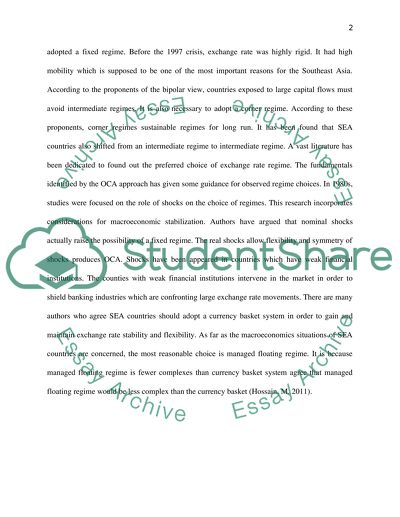Cite this document
(“Fiscal Policy and Economic Growth Essay Example | Topics and Well Written Essays - 1250 words”, n.d.)
Fiscal Policy and Economic Growth Essay Example | Topics and Well Written Essays - 1250 words. Retrieved from https://studentshare.org/macro-microeconomics/1432425-macro-assignment
Fiscal Policy and Economic Growth Essay Example | Topics and Well Written Essays - 1250 words. Retrieved from https://studentshare.org/macro-microeconomics/1432425-macro-assignment
(Fiscal Policy and Economic Growth Essay Example | Topics and Well Written Essays - 1250 Words)
Fiscal Policy and Economic Growth Essay Example | Topics and Well Written Essays - 1250 Words. https://studentshare.org/macro-microeconomics/1432425-macro-assignment.
Fiscal Policy and Economic Growth Essay Example | Topics and Well Written Essays - 1250 Words. https://studentshare.org/macro-microeconomics/1432425-macro-assignment.
“Fiscal Policy and Economic Growth Essay Example | Topics and Well Written Essays - 1250 Words”, n.d. https://studentshare.org/macro-microeconomics/1432425-macro-assignment.


